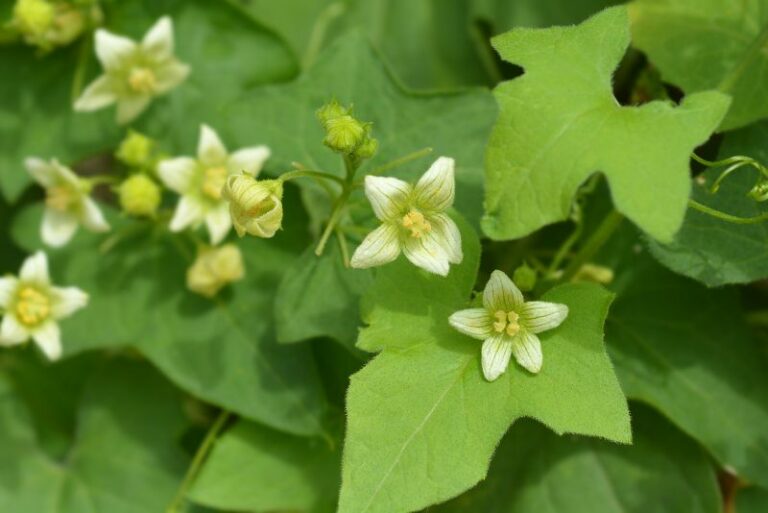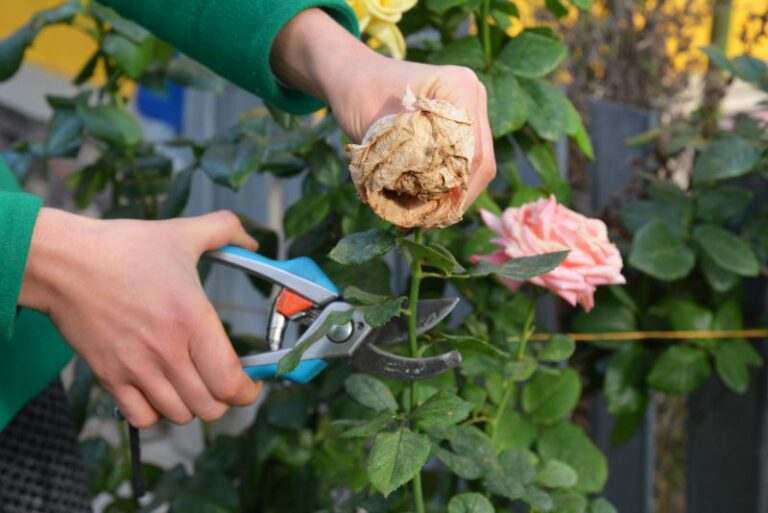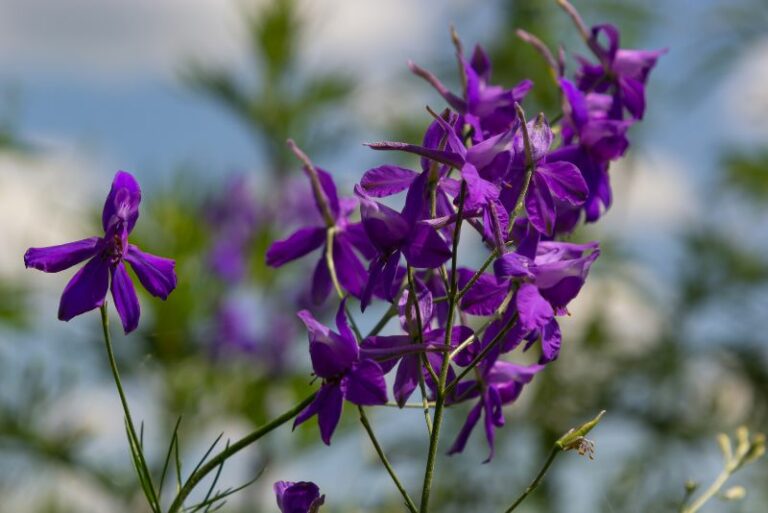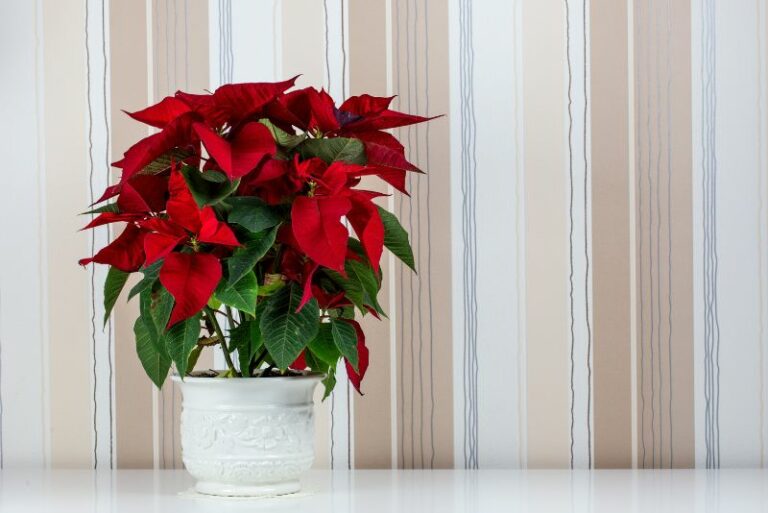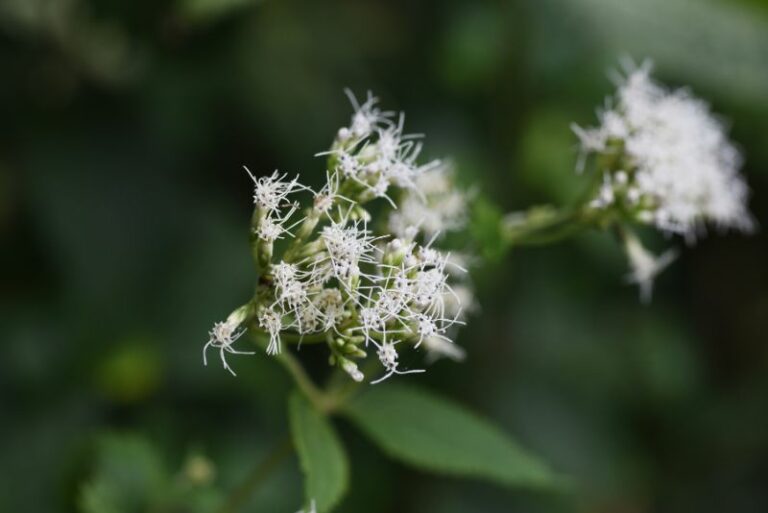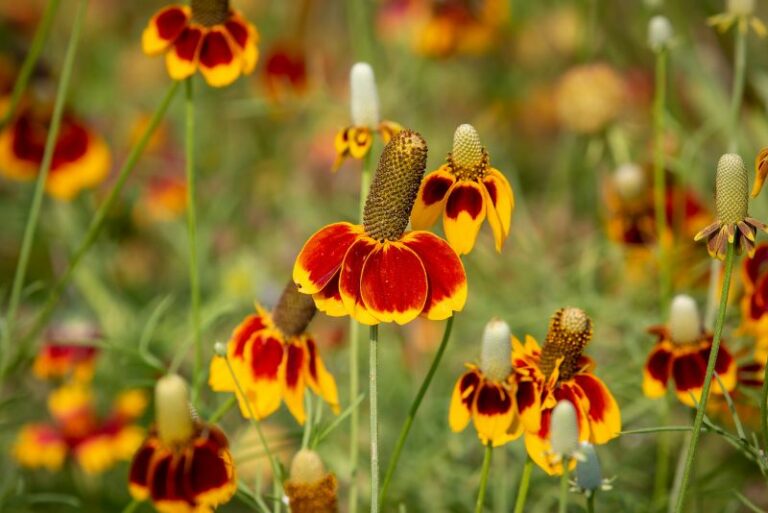Growing Dierama (Angel’s Fishing Rod): A Gardener’s Guide
Gardening has an intrinsic appeal, beautiful and diverse as the Dierama plant family. Amongst the plethora of plants that grace our green spaces, Dierama, often referred to as the Angel’s Fishing Rod, stands out with its unique, drooping bell-shaped flowers and elegant foliage that seem to dance with the wind. A delight to the eyes of any passerby, Dierama’s allure goes beyond aesthetics; it offers rewards to the green-thumbed enthusiast who dedicates time and care to its growth. If you’re a gardening aficionado looking to cultivate this graceful plant, our extensive guide will lead you through the art of growing and maintaining Dierama in your garden.
Dierama Plant Overview
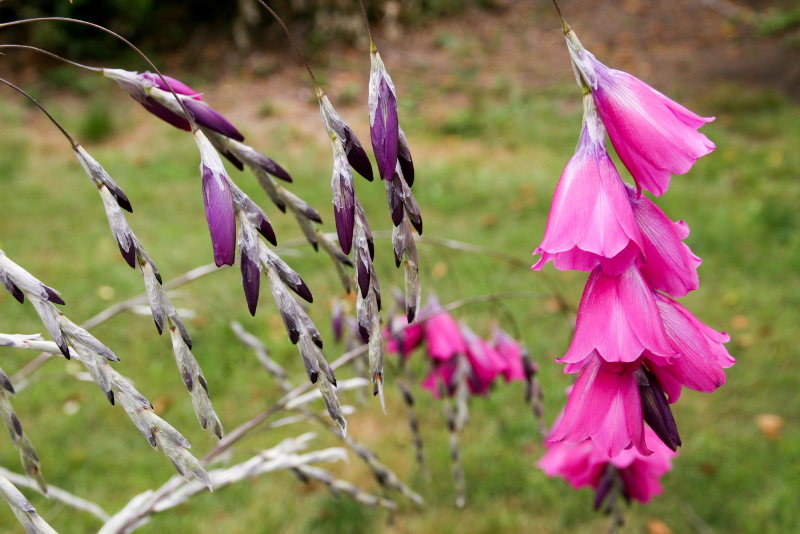
What is Dierama?
Dierama is a genus of flowering plants in the iris family. Originating from the high-altitude grasslands of South Africa, these perennials have adapted to varying climates and are now found in gardens around the world. Their slender, arching stems are adorned with a cascade of pendulous flowers, likened to the mythical fishing rods of angels, hence the common name, Angel’s Fishing Rod.
Ideal Growing Conditions
To see your Dierama thrive, it’s vital to recreate the right conditions. Dierama is a semi-evergreen plant, enjoying full sun and a sheltered spot to grow, protecting its delicate beauty from strong winds and harsh weather. It prefers fertile, well-drained soil, ideally sandy or loamy, ensuring the roots don’t sit in waterlogged areas, which could lead to rot.
Planting and Care Guide
Preparing the Ground
Choose your planting location with care. The site should receive at least six hours of sun each day. If you’re dealing with clay soil, consider incorporating sand and organic matter to improve drainage. Overly rich or water-retentive soils might cause the plant to produce more leaves than flowers, so aim for a balanced blend that mimics its native environment.
Setting the Stage
Plant your Dierama during early spring to give it time to establish before the heat of summer. Dig a hole twice the width and depth of the root ball, ensuring the crown is level with the soil surface. Backfill with soil, gently tamping down to remove air pockets, and water thoroughly.
Nurturing your Dierama
Water deeply but infrequently, allowing the soil to dry out slightly between waterings. Over-watering can lead to moisture-related issues, whereas under-watering can result in smaller, sparser flowers. Fertilize in the growing season using a balanced, slow-release fertilizer to encourage bloom strength and overall plant health.
Pruning and Maintenance
After blooming, trim back the spent flower stems to maintain the plant’s aesthetic and direct its energy back into the roots. While the plant doesn’t require heavy pruning, removing any dead or damaged growth is beneficial. Additionally, consider providing support stakes for the arching stems if you anticipate heavy rain or winds.
Propagation Techniques
From Seed to Stem
Propagation from seed can be a rewarding endeavor, but it requires patience. Collect ripe seed in late summer or fall and sow immediately in a well-prepared seed bed or pot. Keep the soil consistently moist and, in two to three years, you may witness the first signs of your hard work in the form of a blooming Angel’s Fishing Rod.
Division Decisions
For a more rapid multiplication, division is the go-to method. When the plant is dormant in late summer, carefully lift the clump and separate the individual plants, ensuring each section has roots intact. Replant the divisions in their new homes, providing ample water and the right conditions to support their growth.
Common Pests and Diseases
The Watchlist
Keep an eye out for common insect pests like thrips and aphids, which might be attracted to the attractive blooms. Regular inspection and a blast of water can deter these pests. In terms of diseases, root rot and leaf spot can occur if the plant sits in waterlogged conditions, making soil drainage a critical factor in your Dierama’s care.
Seasonal Tips
Spring to Summer Transition
The arrival of spring signals new life for your Dierama. Apply a layer of organic mulch to help retain moisture, suppress weed growth, and keep the roots cool during the warmer months. Continue with your watering schedule and look forward to the first elegant blooms.
Winter Wrap-Up
As fall transitions to winter, your Dierama will benefit from a tidy-up. Remove any dead or yellowing leaves and cut back the foliage to a few inches above the ground. While Dierama can handle cooler temperatures, in particularly harsh climates, consider providing a layer of frost cloth or straw for protection.
Conclusion
Cultivating Dierama is a venture into the beauty and resilience of the plant world. By understanding its needs and providing the right conditions, you can be rewarded with a garden focal point that exudes elegance and charm with every nod of its blossoms. Whether you’re a seasoned gardener or new to the world of horticulture, the process of growing Angel’s Fishing Rod is both a meditative practice and a test of your nurturing skills. With the information and tips shared in this gardener’s guide, you’re well on your way to becoming an expert caretaker of this extraordinary plant. Happy gardening!

